The complete expansion of PRT is Primary Teacher. A primary educator, also referred to as an Elementary Teacher, imparts knowledge to students in the initial educational stages, encompassing grades 1 to 5. To qualify as a Primary Teacher, an individual should hold a Diploma in Elementary Education (D.El.Ed). This is a two-year diploma program accessible through traditional in-person instruction and remote learning. Typically divided into four semesters, this diploma equips candidates with the skills to effectively instruct in primary-level educational institutions.
Table of Content
- PRT Full Form: Role and Responsibilities of a Primary Teacher
- PRT Full Form: Qualifications to Become a Primary Teacher
- PRT Full Form: Diving into the D.El.Ed Program
- PRT Full Form: Importance of Primary Teachers in Education
- PRT Full Form: Professional Growth and Continuous Learning
- PRT Full Form: FAQs About PRT
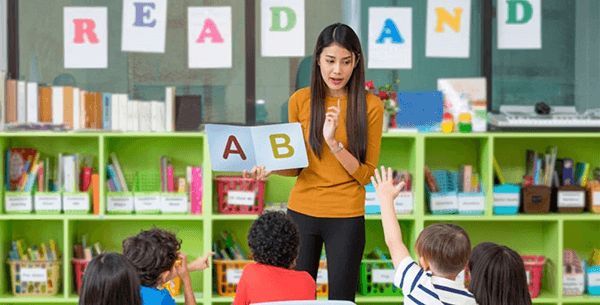
The Role and Responsibilities of a Primary Teacher
A primary teacher is crucial in laying the groundwork for a child’s education. Their duties cover a wide range of duties designed to foster kids’ intellectual, emotional, and social development.
- Teaching Core Subjects: The primary teacher is responsible for instructing children in core subjects like language arts, mathematics, science, and social studies.
- Creating a Supportive Environment: Primary teachers establish a welcoming and inclusive classroom atmosphere.
- Individualized Instruction: Recognizing that each child learns differently, primary teachers adapt their teaching methods to accommodate diverse needs.
- Promoting Literacy: Developing strong reading and writing skills is a significant responsibility. Primary teachers cultivate a love for reading, introduce vocabulary, and guide students in expressing themselves effectively through writing.
Qualifications to Become a Primary Teacher
| Qualification | Description |
|---|---|
| Diploma in Elementary Education (D.El.Ed) | A 2-year program equipping candidates with pedagogical skills for teaching at the primary level. |
| Full-Time Classroom Training | Attending in-person classes and practical sessions as part of the D.El.Ed program. |
| Distance Learning | Pursuing D.El.Ed through remote learning for flexibility. |
| Curriculum | Covers child development, teaching methodologies, subject-specific pedagogy, and classroom management. |
| Qualification | Description |
|---|---|
| Diploma in Elementary Education (D.El.Ed) | A two-year diploma program focused on equipping candidates with pedagogical skills and knowledge required to teach at the primary level. |
| Full-Time Classroom Training | Attending regular in-person classes and practical sessions as part of the D.El.Ed program. |
| Distance Learning | Pursuing D.El.Ed through remote learning options, which allow flexibility for individuals with other commitments. |
| Curriculum Overview | The D.El.Ed program typically covers subjects related to child development, teaching methodologies, subject-specific pedagogy, and classroom management. |
Diving into the D.El.Ed Program
Diving into the D.El.Ed (Diploma in Elementary Education) program offers an insightful journey into the realm of foundational education. Designed to prepare aspiring educators for the challenges of teaching at the elementary level, this program delves into pedagogical practices, child psychology, curriculum design, and classroom management.
- Curriculum Exploration: The D.El.Ed curriculum delves into the essentials of teaching, covering subjects like language development, mathematics, science, and social studies. It introduces effective teaching methods tailored to young learners’ needs, fostering a solid foundation for future educators.
- Child-Centric Approaches: The program focuses on understanding child development and psychology. It equips future teachers with the knowledge to tailor instruction according to diverse learning styles and individual needs, nurturing holistic growth.
- Classroom Management: D.El.Ed emphasizes classroom dynamics, helping prospective teachers create engaging and well-organized learning environments. Techniques for discipline, communication, and fostering a positive atmosphere are integral components.
- Practice Teaching: Practical exposure is a cornerstone of the program. Trainees get the opportunity to apply theoretical learning in real classrooms during practice teaching sessions. This hands-on experience fine-tunes teaching skills and boosts confidence.
Importance of Primary Teachers in Education
Primary teachers wield a profound impact and hold immense importance in the realm of education. They serve as the cornerstone of a student’s academic journey, shaping not only young minds but also fostering a lifelong love for learning. These educators lay the essential groundwork that forms the basis for all future educational pursuits. Their ability to create engaging and nurturing classroom environments directly influences students’ attitudes towards learning.
Primary teachers play a key role in instilling the core knowledge, skills and values that are the cornerstone of this circular education. Students are introduced to the joy of reading, the joy of scientific discovery, the world of mathematics and mathematics, social studies and the weaving of different cultures In addition to learning, they help develop character and foster qualities such as empathy, collaboration and critical thinking
Professional Growth and Continuous Learning
- Professional growth and continuous learning are integral components of a successful and fulfilling career journey. In today’s rapidly evolving landscape, the commitment to expanding one’s skills, knowledge, and expertise is not only advantageous but essential.
- Professional growth encompasses the deliberate effort to enhance existing skills and acquire new ones, with the goal of becoming more proficient and versatile in one’s field. It involves seeking opportunities for advancement, taking on new challenges, and embracing changes in technology and industry trends.
- This growth not only elevates an individual’s competence but also opens doors to greater responsibilities and leadership roles.
FAQs About PRT
The primary role of a PRT is to teach foundational subjects such as language arts, mathematics, science, and social studies to young students. They create lesson plans, assess student progress, manage the classroom, and contribute to students’ holistic development.
PR professionals develop and execute communication strategies to enhance an entity’s reputation. This includes crafting press releases, managing media relations, organizing events, handling crisis communication, and promoting positive stories through various platforms.
Qualifications vary by region, but generally, a bachelor’s degree in education or a related field is required. Additionally, obtaining a teaching license or certification is often necessary to teach in primary schools.
A PRT teaches students in the primary education level, which usually includes children aged 6 to 12 years, covering grades 1 to 5 or 6.
Related posts:
- AMC Full Form: Benefits, Components, Needs, Advantage
- ORS Full Form: Dehydration, Myths, Flavors, Varieties & Facts
- PCC Full Form: Importance, Types, Application Process
- PAN Full Form: Legal Provisions, Regulations,
- BRB Full Form: Productive, Routine, Distractions
- MCD Full From: Introduction, Responsibility, Challenges
- CT Scan Full Form: Scans, price, Advantages
- USA Full Form: History, Economics,Technology, culture
Most Popular Links
Career Tests
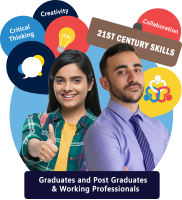
Graduates & Post Graduates

21st Century Skills & Learning Test Grade 12
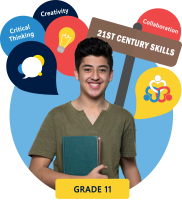
21st Century Skills & Learning Test Grade 11

21st Century Skills & Learning Test Grade 10

PSYCHOMETRIC IDEAL CAREER TEST™

PSYCHOMETRIC SKILL BASED TEST FOR 9TH
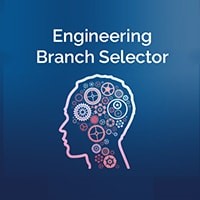
PSYCHOMETRIC ENGINEERING SELECTOR

PSYCHOMETRIC EDUCATOR PROFESSIONAL SKILLS
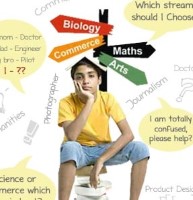
PSYCHOMETRIC STREAM SELECTOR™

PSYCHOMETRIC COMMERCE CAREER SELECTOR

PSYCHOMETRIC HUMANITIES CAREER SELECTOR









